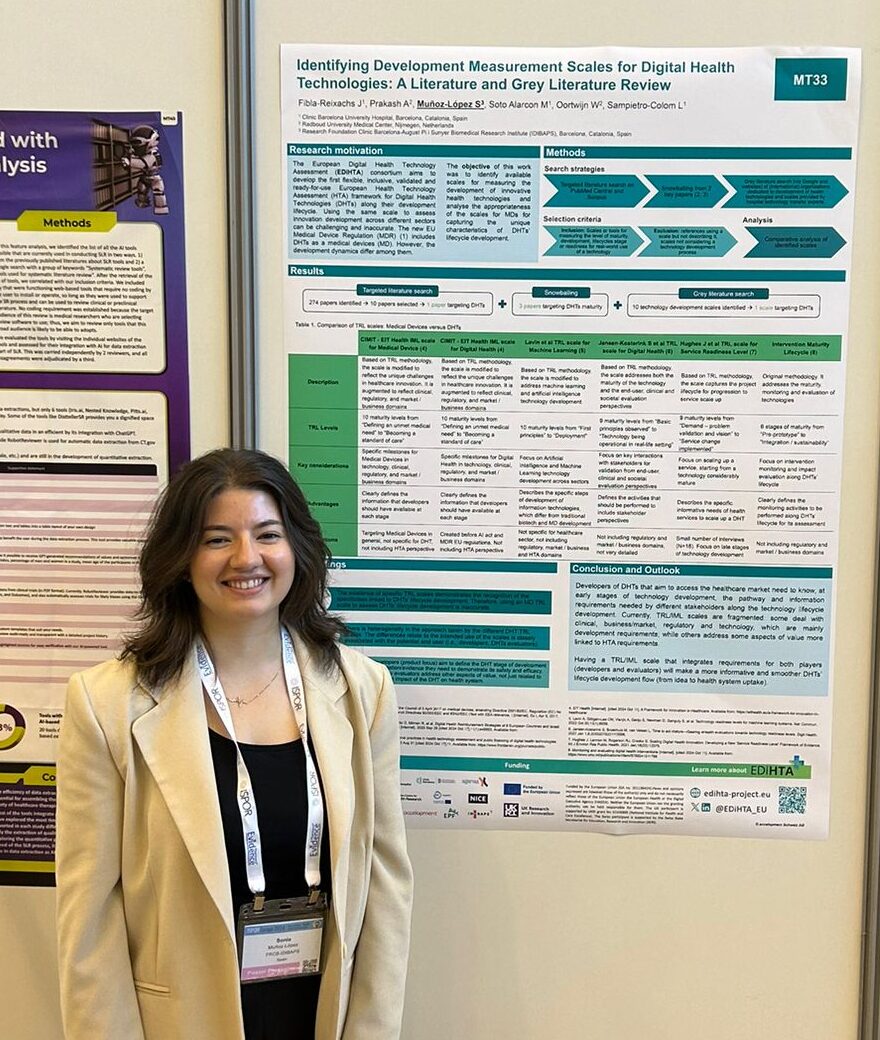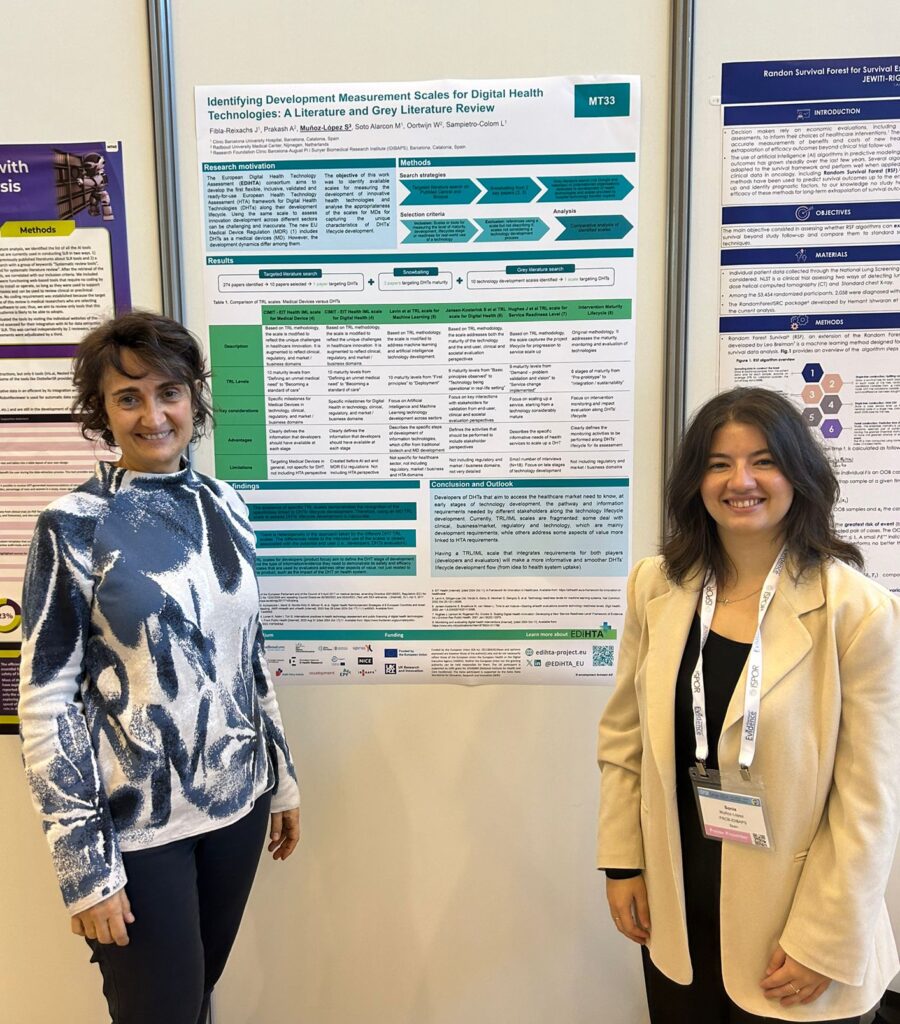

HCB/FCRB-IDIPABS and RUMC Collaborative Study on Scales for Measuring Life Cycle Development of Innovative Health Technologies
One of the important objectives of EDiHTA is to tailor the HTA framework to the different stages of digital product development along its life cycle. Innovations go through a maturation process, from their conception and idea to market access, known as Innovation Maturity Level (IML, development stages = 1-10) or Technology Readiness Level (TRL, development stages = 1-10). At each stage, the feasibility and appropriateness of requiring the accomplishment of different assessment domains and their criteria vary. The first step to properly approach which domains and criteria should be collected or assessed by developers and other stakeholders is to establish a proper TRL/IML scale specific for Digital Health Technologies (DHTs) development. DHTs exhibit very different features and dynamics compared to traditional health technologies (e.g., medical devices – MDs), which calls into question the use of MD-specific TRL/IML scales to DHTs.
To address this issue, partners from HCB/FCRB-IDIPABS and RUMC collaboratively conducted a study to identify available scales for measuring the life cycle development of innovative health technologies and analyze their appropriateness in capturing the unique characteristics of DHTs’ life cycle development.
Different search strategies, including targeted (Pubmed & Scopus) and grey literature searches, were conducted. Snowballing from two key identified papers was also carried out. Five scales addressing the development or assessment of DHTs at different life cycle stages were identified. Key findings from this research include:
- The existence of specific TRL scales demonstrates the recognition of the specifications linked to DHTs’ life cycle development. Therefore, using an MD TRL/IML scale to assess DHTs’ life cycle development is inaccurate.
- There is heterogeneity in the approach taken by the different DHT TRL/IML scales. The differences related to the intended use of the scales are closely associated with the potential end user (i.e., developers, DHTs evaluators).
- TRL scales for developers (product focus) aim to define the DHT stage of development and the type of information/evidence they need to demonstrate its safety and efficacy. Scales that are used by evaluators address other aspects of value, not just related to the product, such as the impact of the DHT on the health system.
In concluding remarks, it is important to note that developers of DHTs aiming to access the healthcare market need to know, at early stages of technology development, the pathway and information requirements needed by different stakeholders along the technology life cycle development. Currently, TRL/IML scales are fragmented: some deal with clinical, business/market, regulatory and technology, which are mainly development requirements; while others address some aspects of value more linked to HTA requirements. Having a TRL/IML scale that integrates requirements for both players (developers and evaluators) will make a more informative and smoother DHTs’ life cycle development flow (from idea to health system uptake).
This work was presented as a poster at ISPOR Europe 2024.
